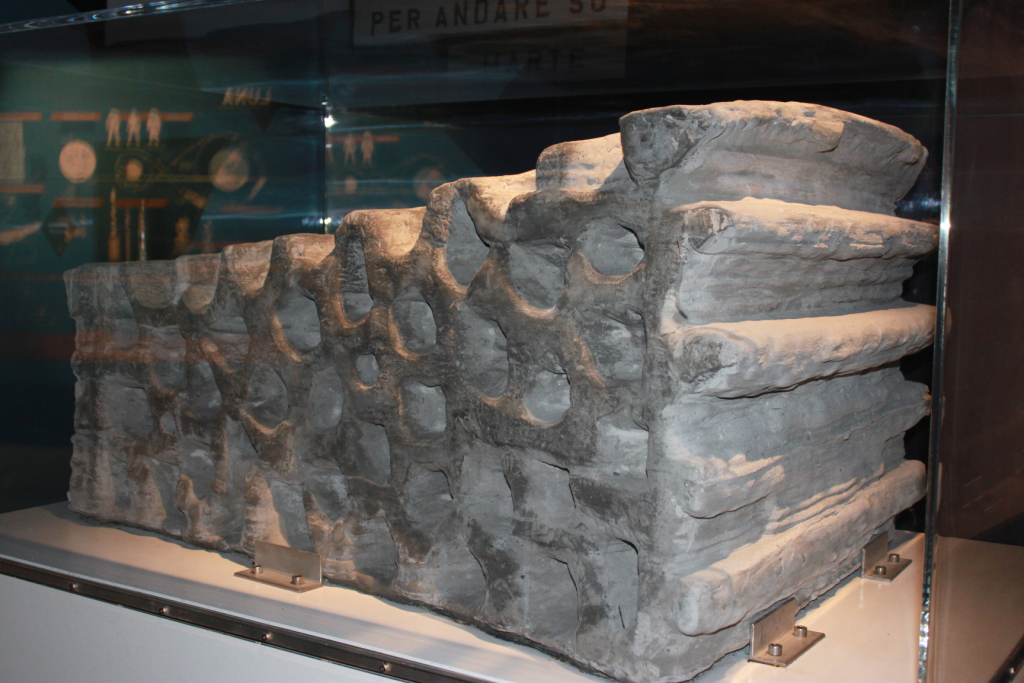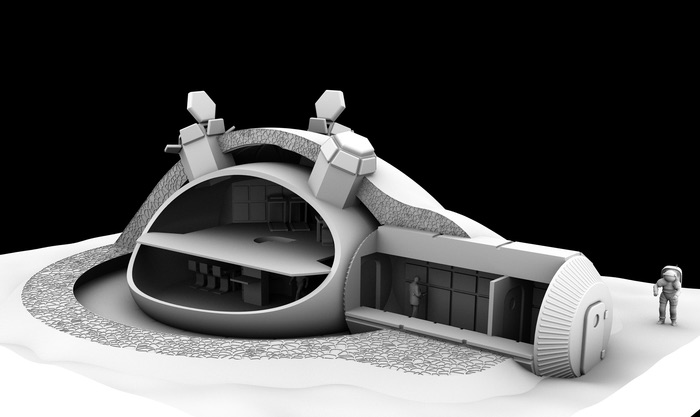How Do You Build on the Moon? Start with Lunar Dust
To learn how to build with moon dust, researchers are turning to volcanic powder here on Earth.
Several countries are planning lunar missions over the next decade, and some may choose to send human settlements to the moon's surface.
Many programs have recently tested out the habitability of lunar bases. In May 2018, Chinese student volunteers in Beijing completed a one-year test living in a simulated lunar lab. In October 2017, the International MoonBase Summit (IMS) convened in Hawaii to discuss building a mock structure to examine how a human settlement on the moon would work. And for two weeks in August 2017, six mock astronauts lived inside a simulated moon base in Poland. [This NASA Video of the Moon's Landmarks Is Simply Amazing]
But how would you build a base in the first place?

The rough, fine dust that covers the moon's surface, known as regolith, may have structural potential. And researchers with the European Space Agency (ESA) recently announced their "lunar masonry" studies to see how it would fare.
Their idea is to try to break reliance on earthy construction materials, according to an Aug. 20 statement issued by ESA.
To get an idea of how one might make bricks from moon dust, researchers analyzed volcanic material near Cologne, Germany, where eruptions happened 45 million years ago. This volcanic powder is a good match for what lunar dust might be like, according to ESA officials, because the moon's surface is made of basaltic material called silicates that are common near planetary volcanoes.
Get the Space.com Newsletter
Breaking space news, the latest updates on rocket launches, skywatching events and more!

"The moon and Earth share a common geological history, and it is not difficult to find material similar to that found on the moon in the remnants of lava flows," Aidan Cowley, ESA's science adviser, said in the statement.
The moon dust substitute is named "EAC-1" after ESA's European Astronaut Centre, whose researchers found that it was a good match with the real deal.
And lunar dust may also support human missions in another way, too:
"One of the great things about the lunar soil is that 40 percent of it is made up of oxygen," Cowley said. Researchers on another EAC project are studying how to extract the oxygen within moon dust so that astronauts may extend their stays on the moon.
Follow Doris Elin Salazar on Twitter @salazar_elin. Follow us @Spacedotcom, Facebook and Google+. Original article on Space.com.
Join our Space Forums to keep talking space on the latest missions, night sky and more! And if you have a news tip, correction or comment, let us know at: community@space.com.

Doris is a science journalist and Space.com contributor. She received a B.A. in Sociology and Communications at Fordham University in New York City. Her first work was published in collaboration with London Mining Network, where her love of science writing was born. Her passion for astronomy started as a kid when she helped her sister build a model solar system in the Bronx. She got her first shot at astronomy writing as a Space.com editorial intern and continues to write about all things cosmic for the website. Doris has also written about microscopic plant life for Scientific American’s website and about whale calls for their print magazine. She has also written about ancient humans for Inverse, with stories ranging from how to recreate Pompeii’s cuisine to how to map the Polynesian expansion through genomics. She currently shares her home with two rabbits. Follow her on twitter at @salazar_elin.









